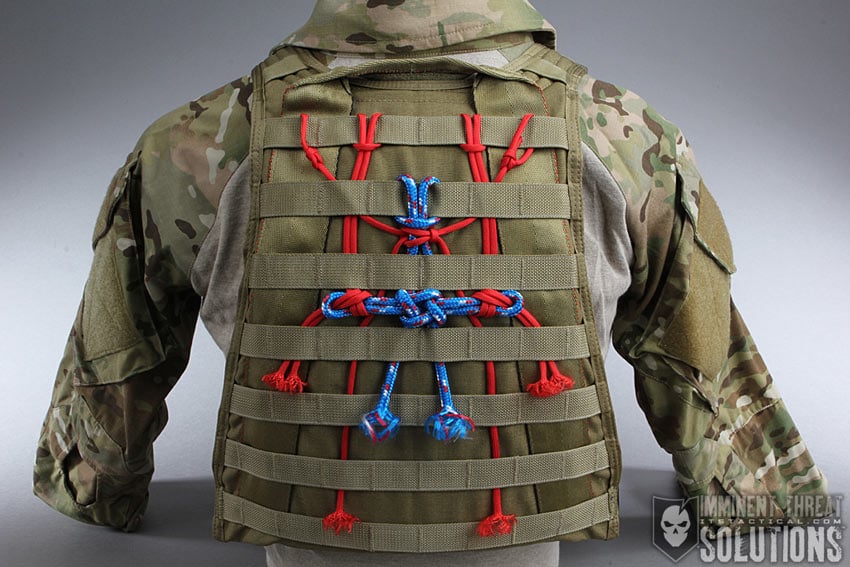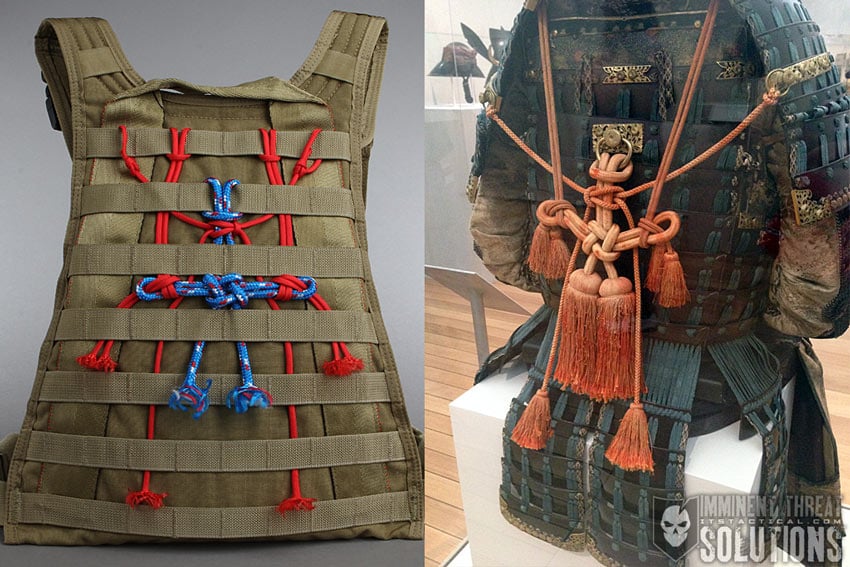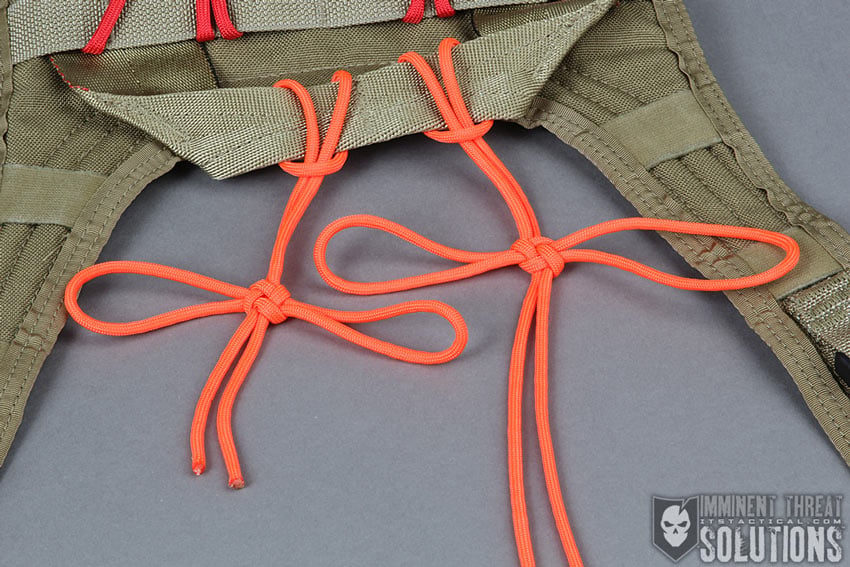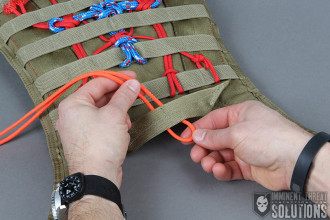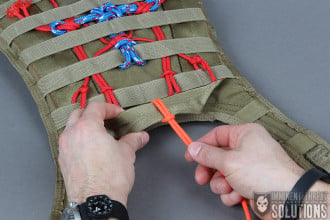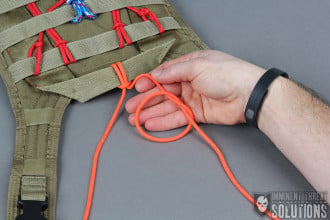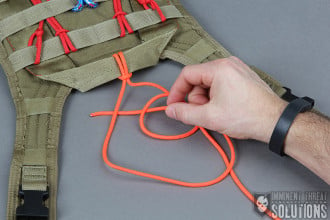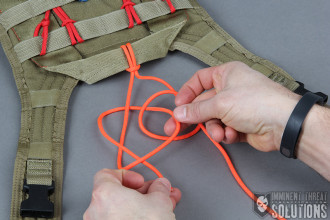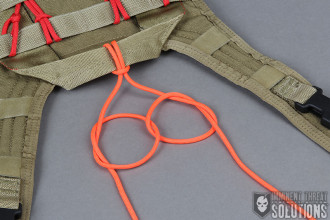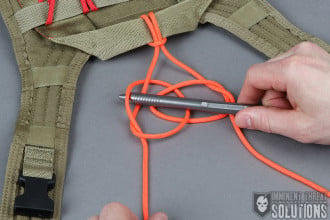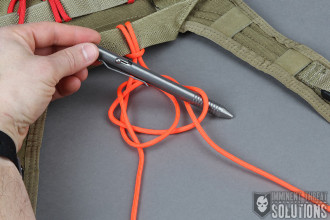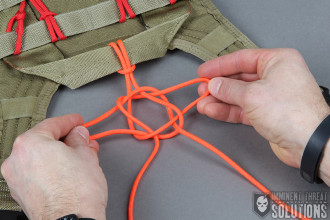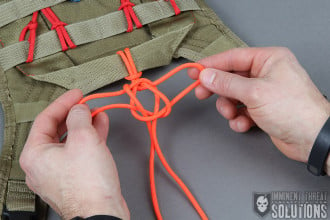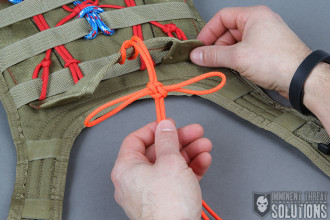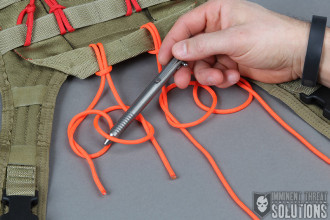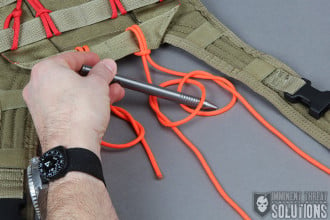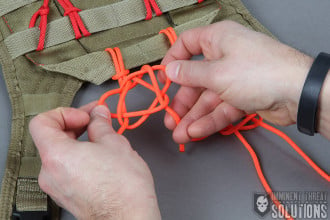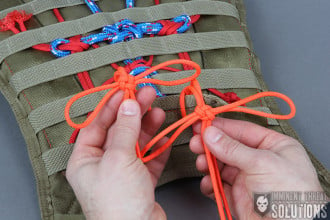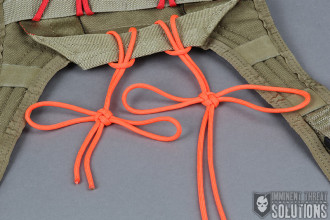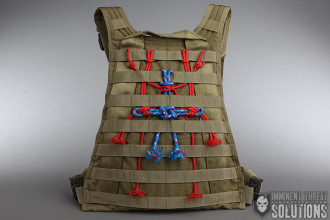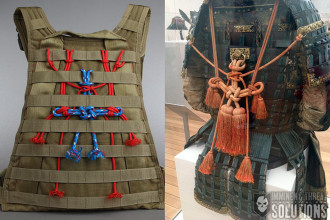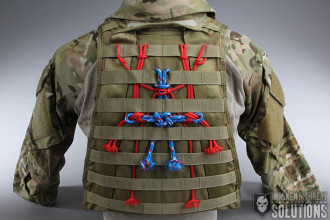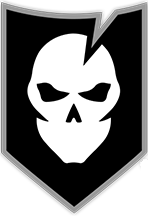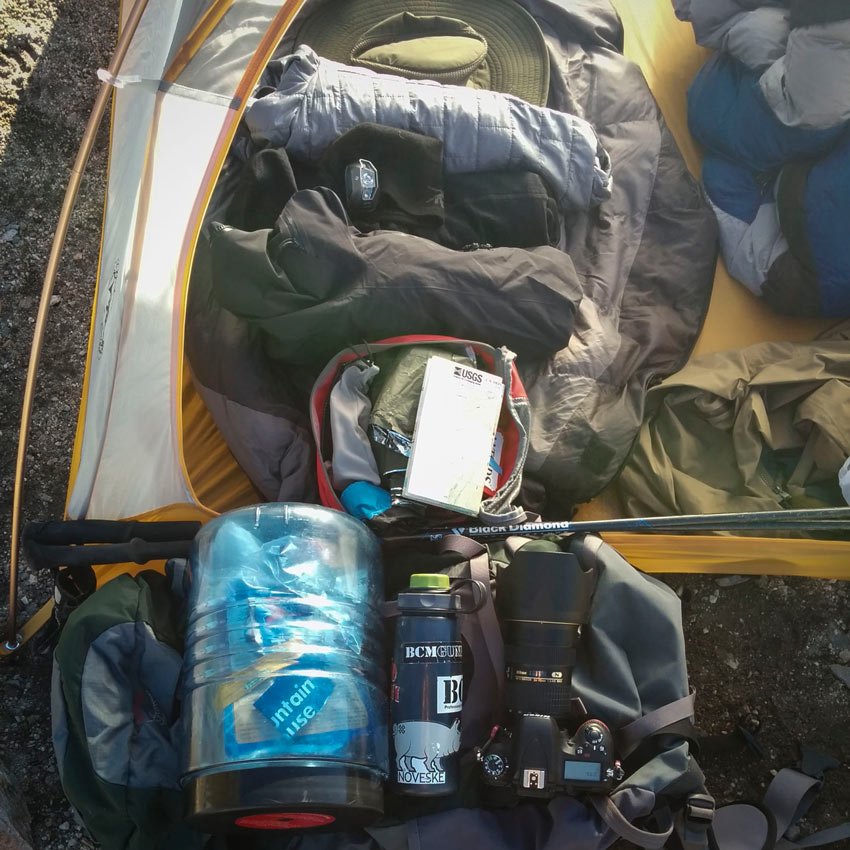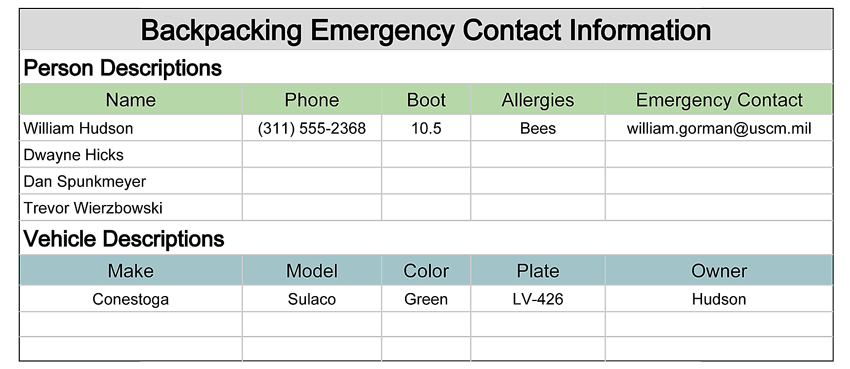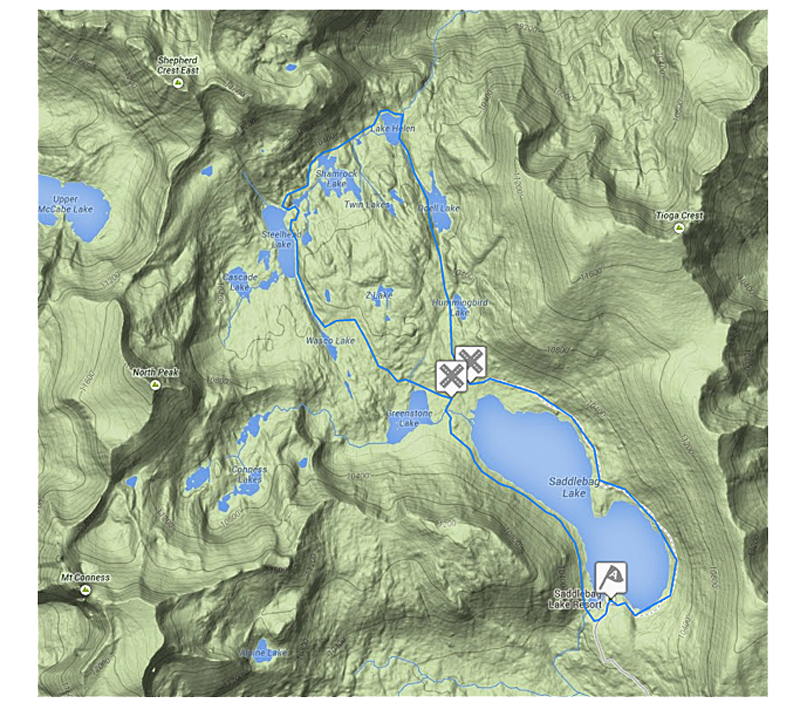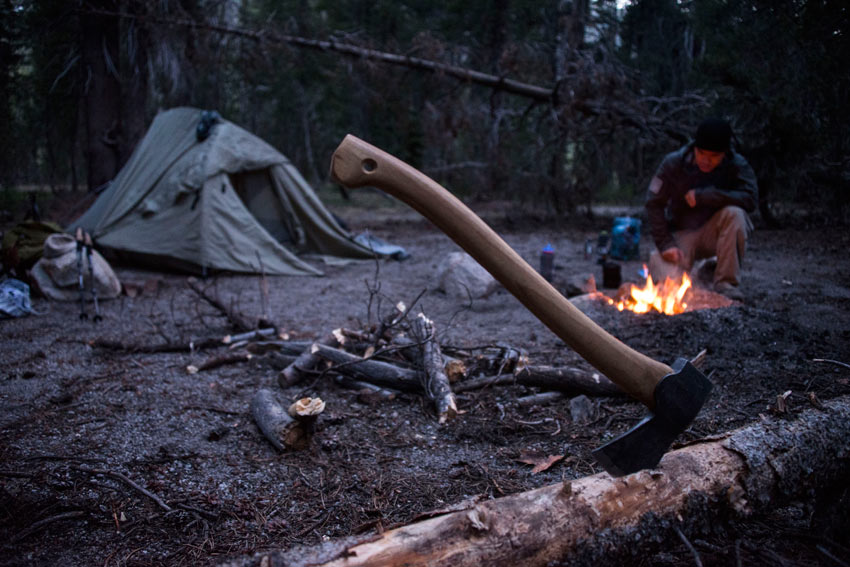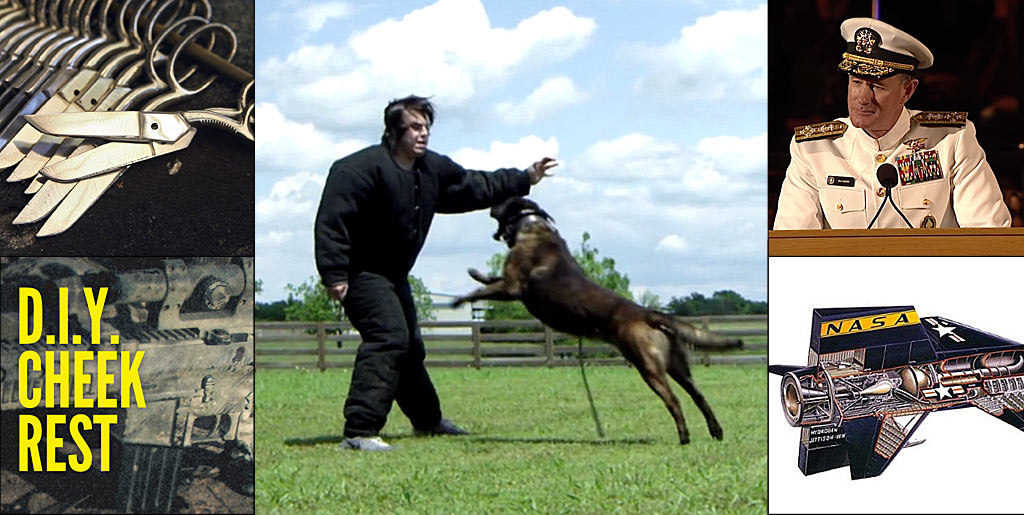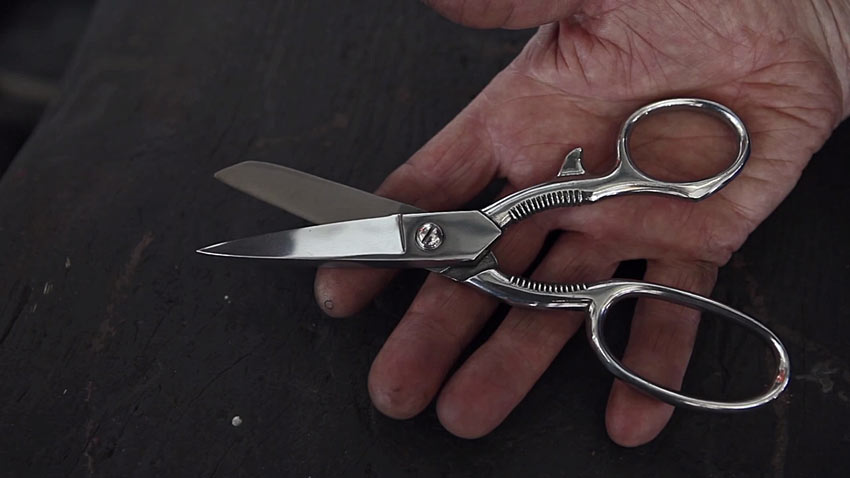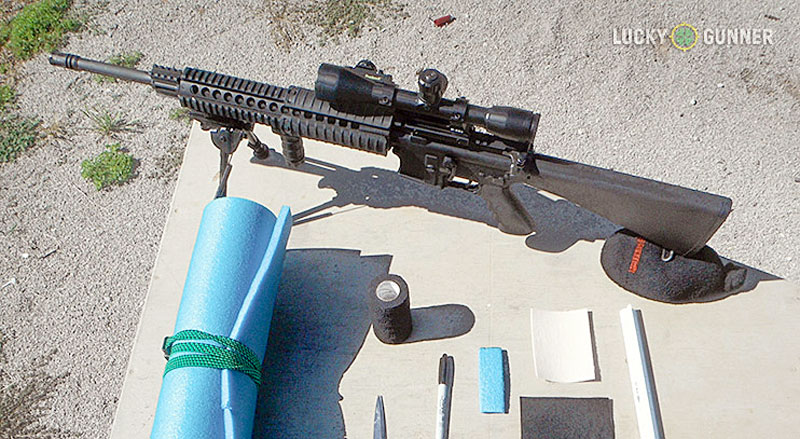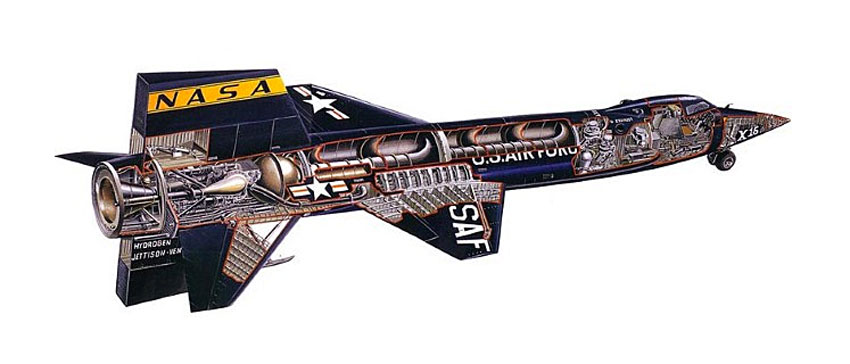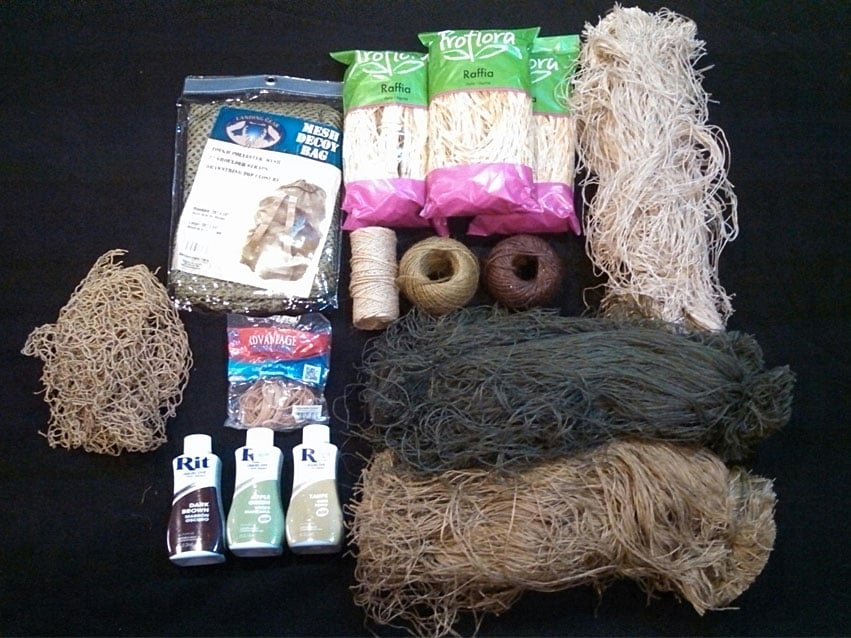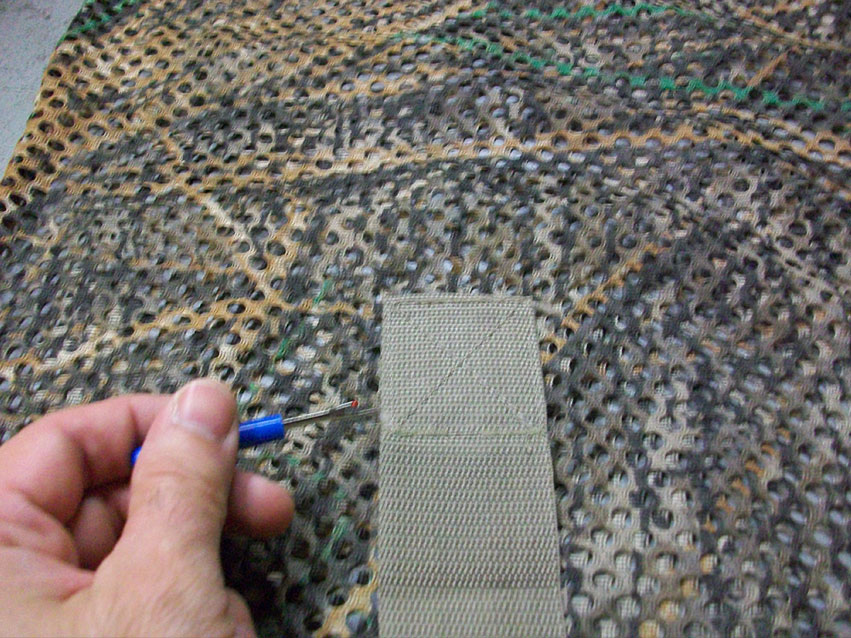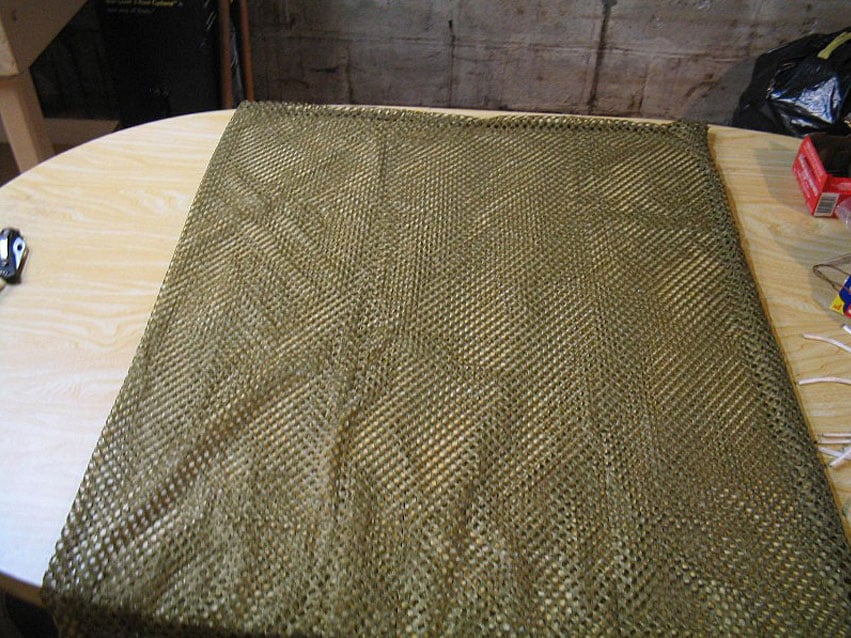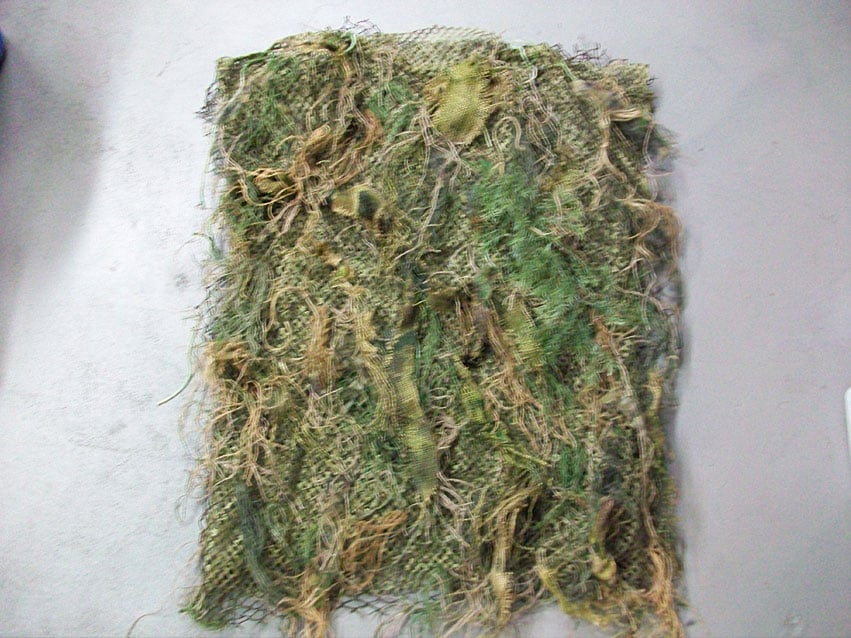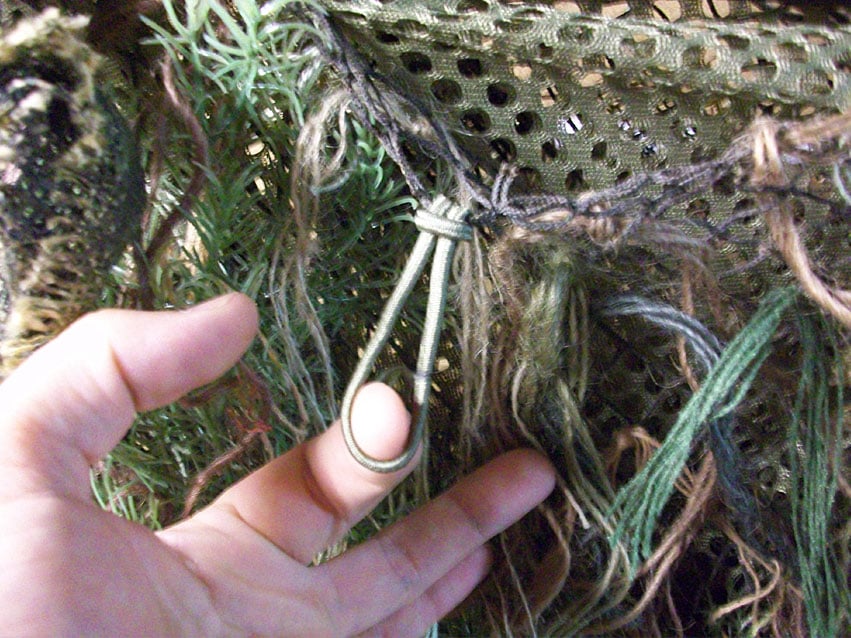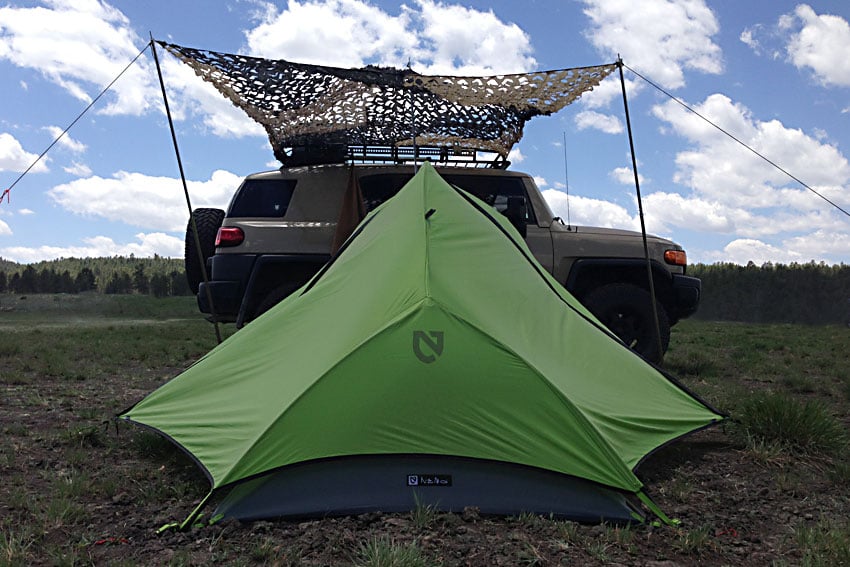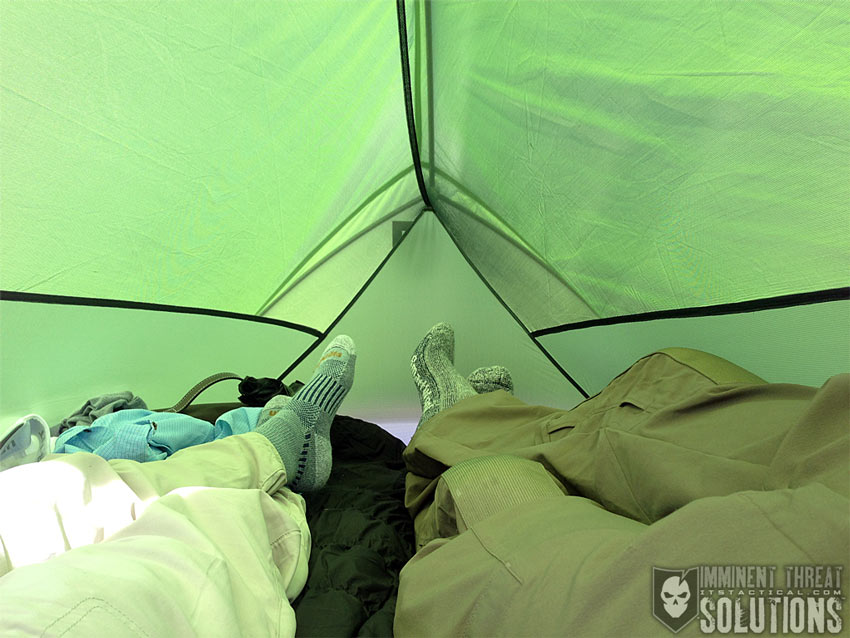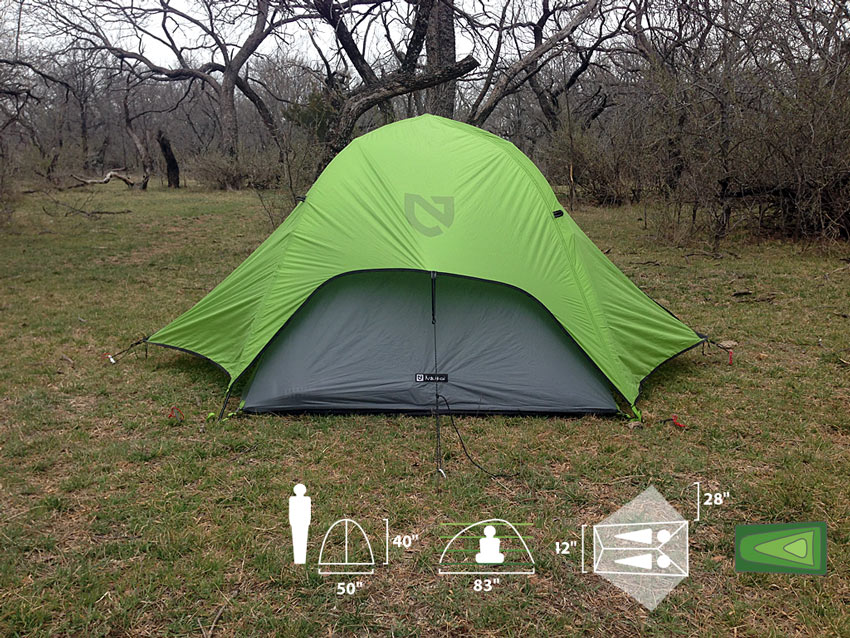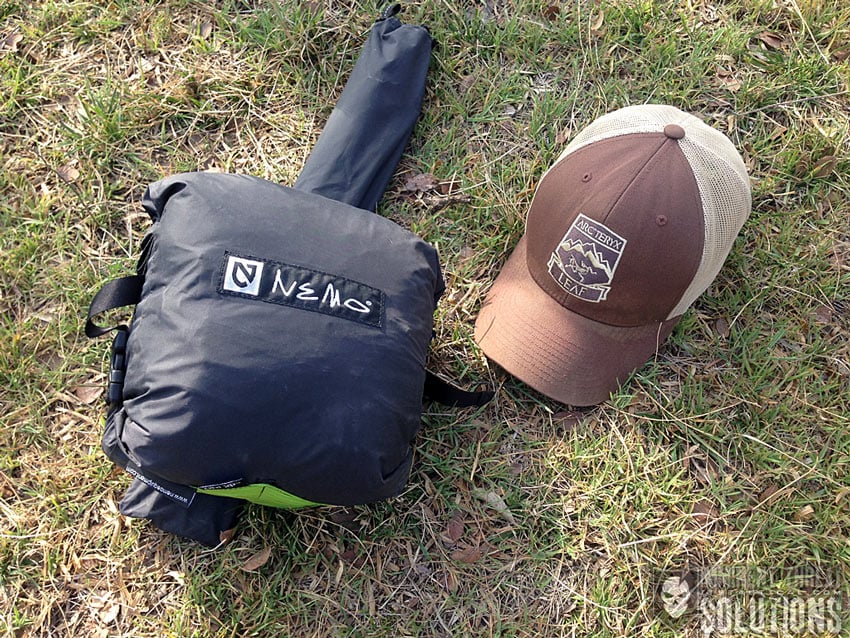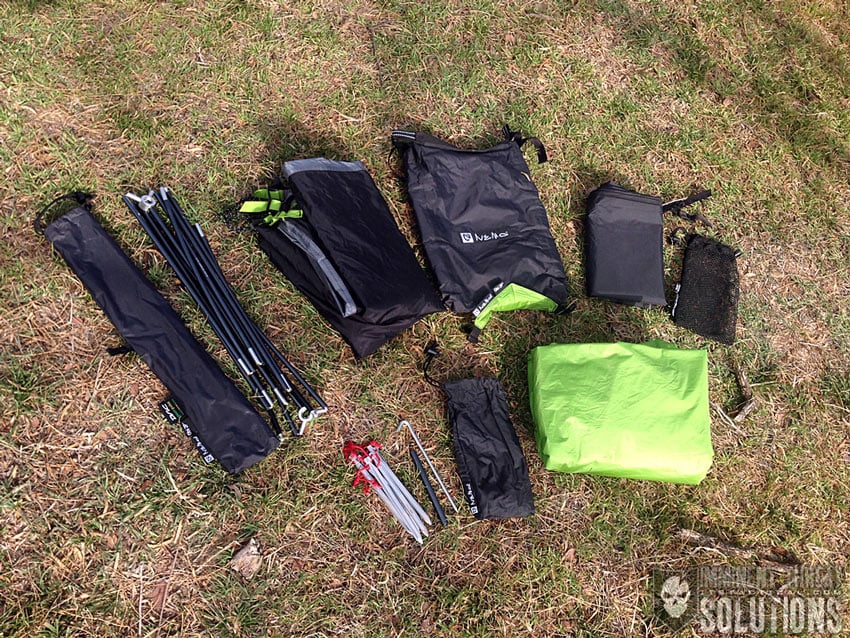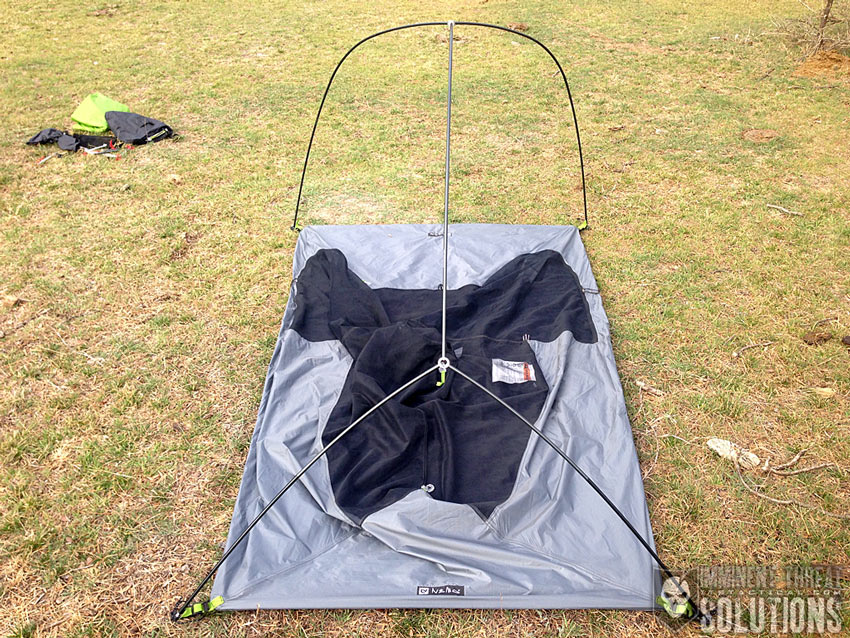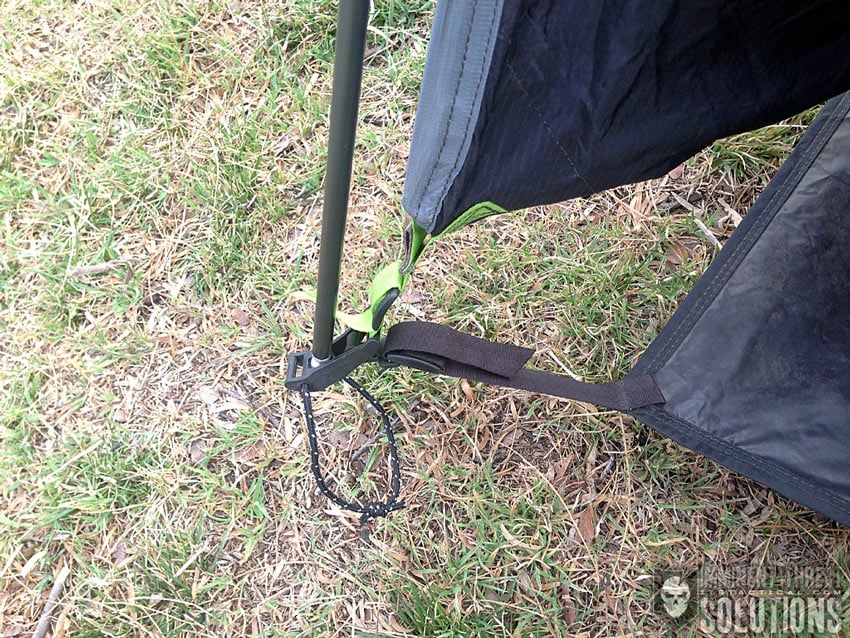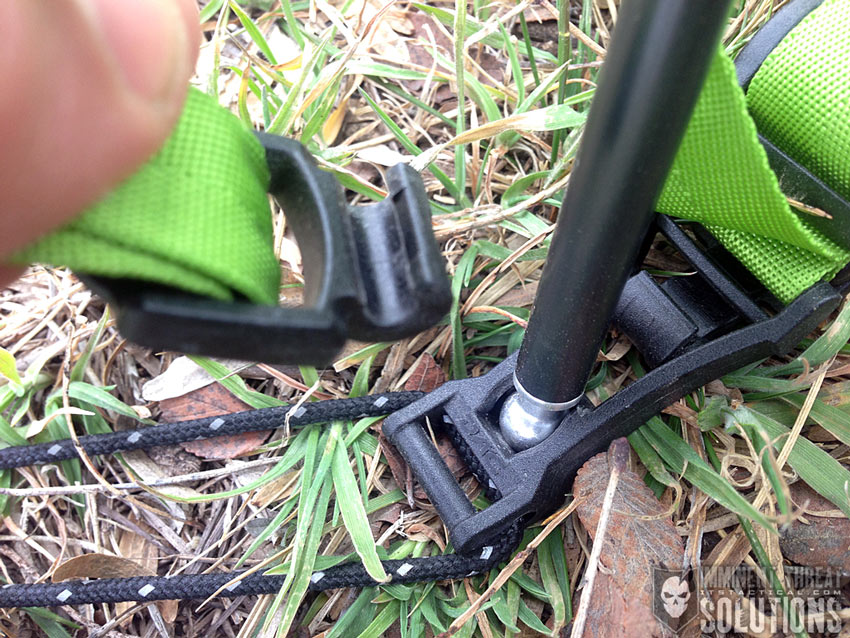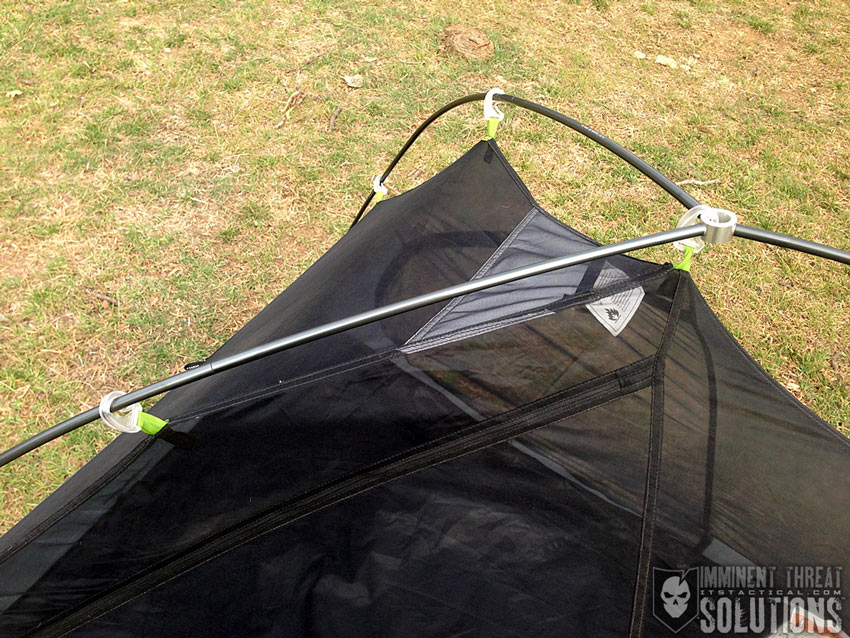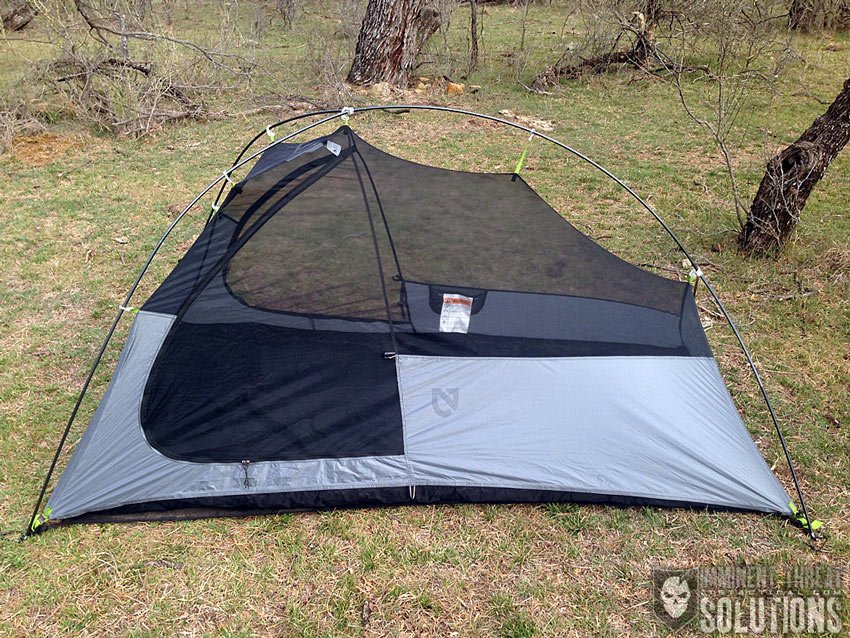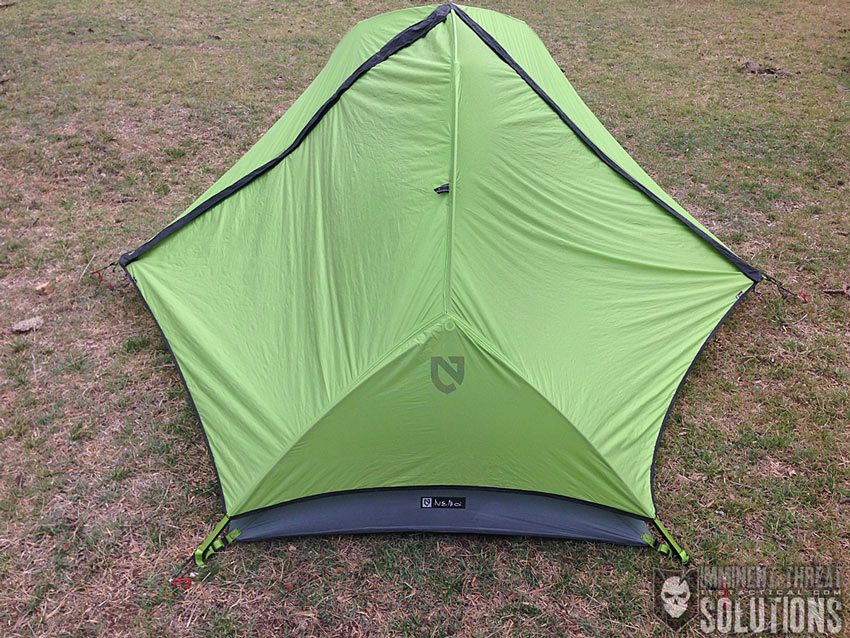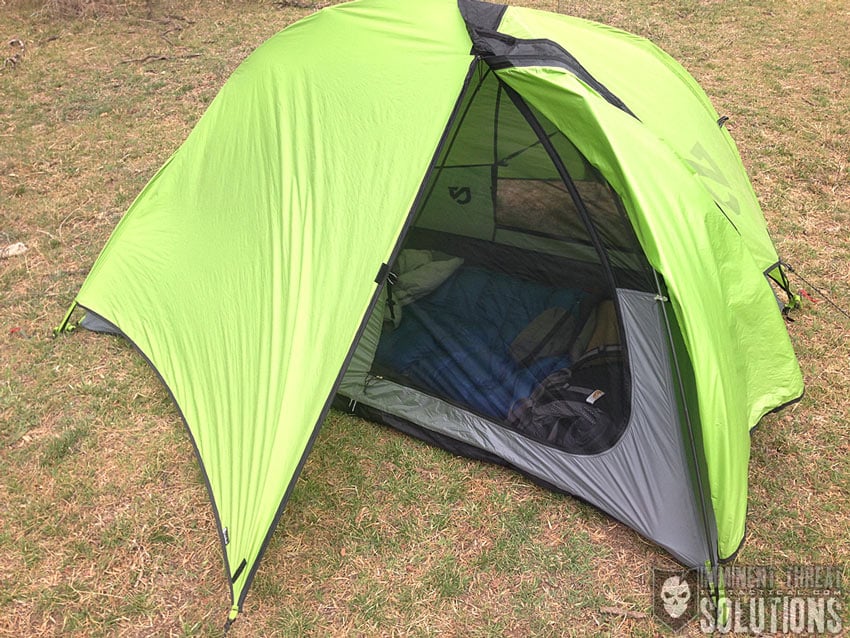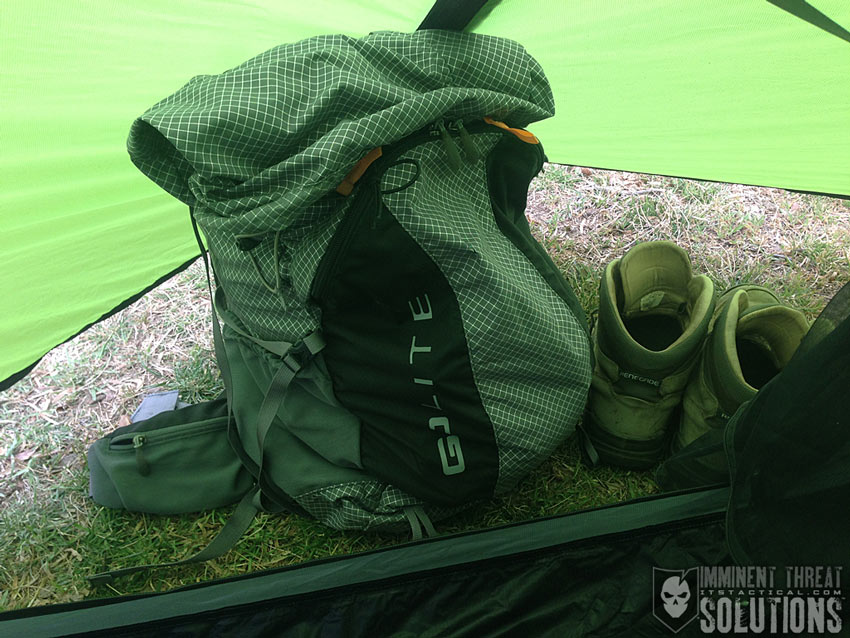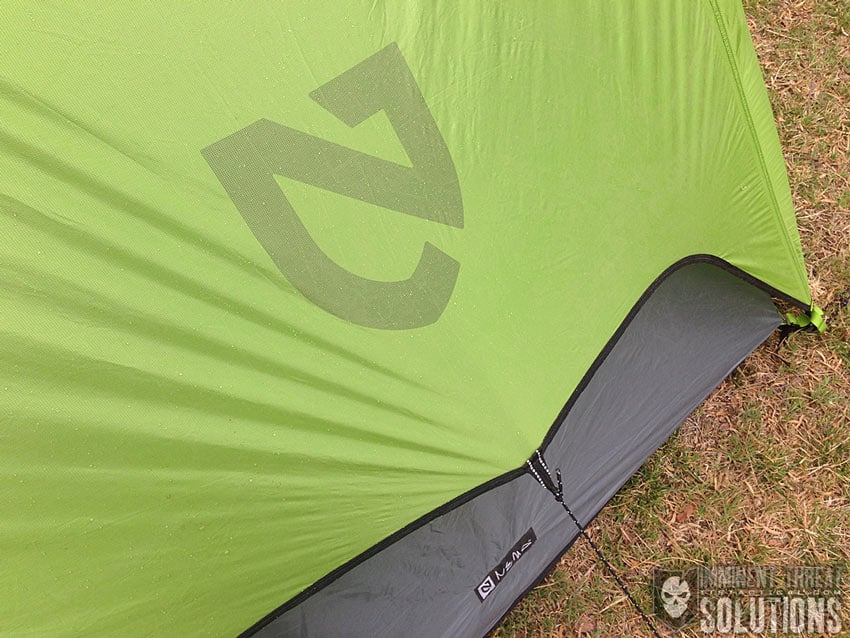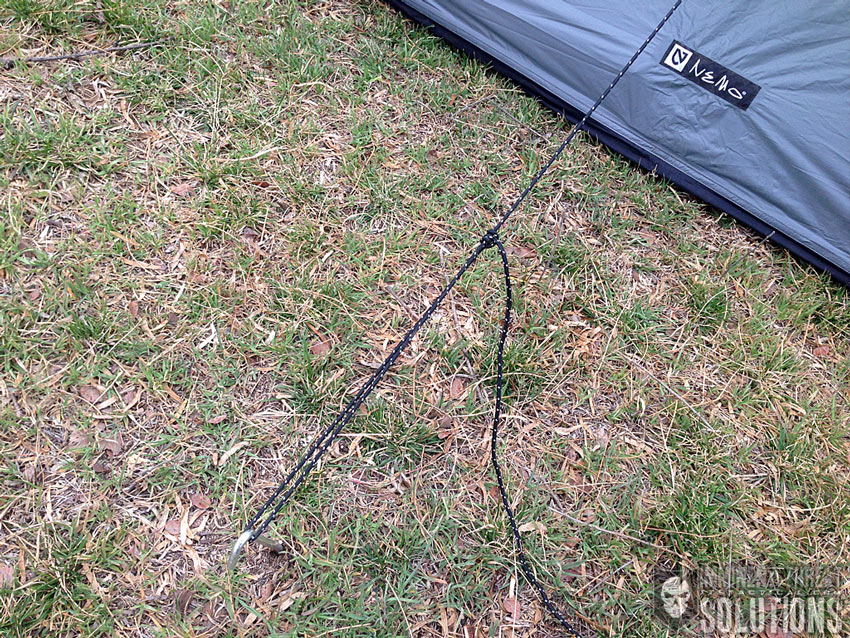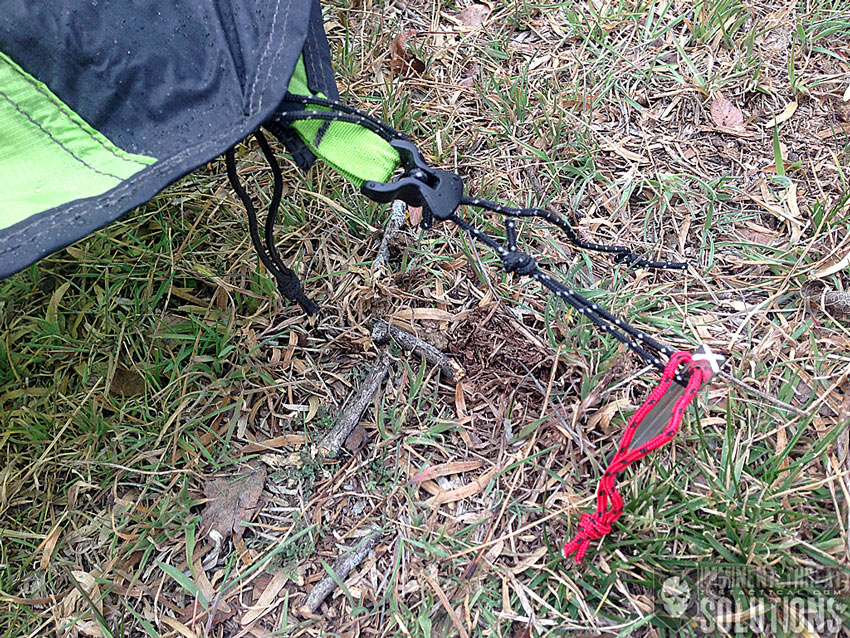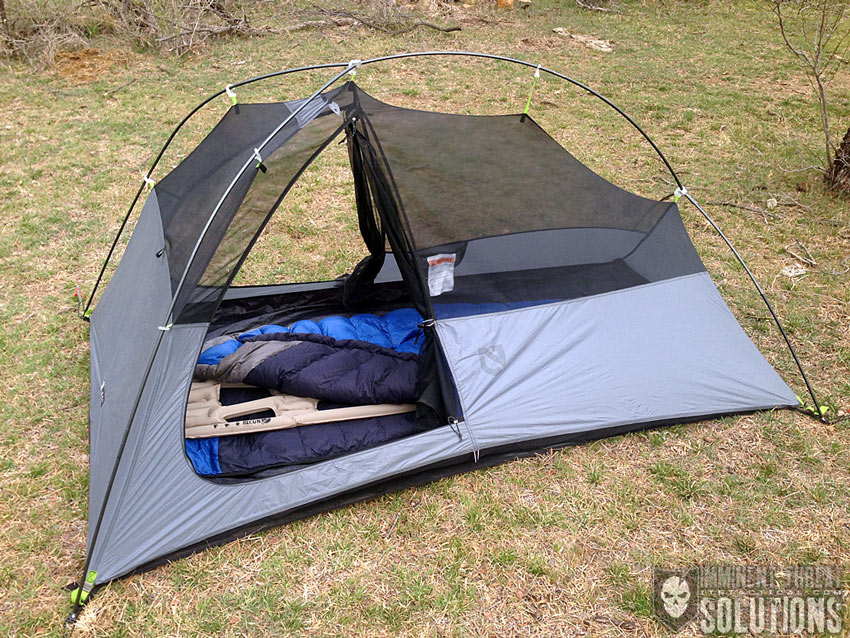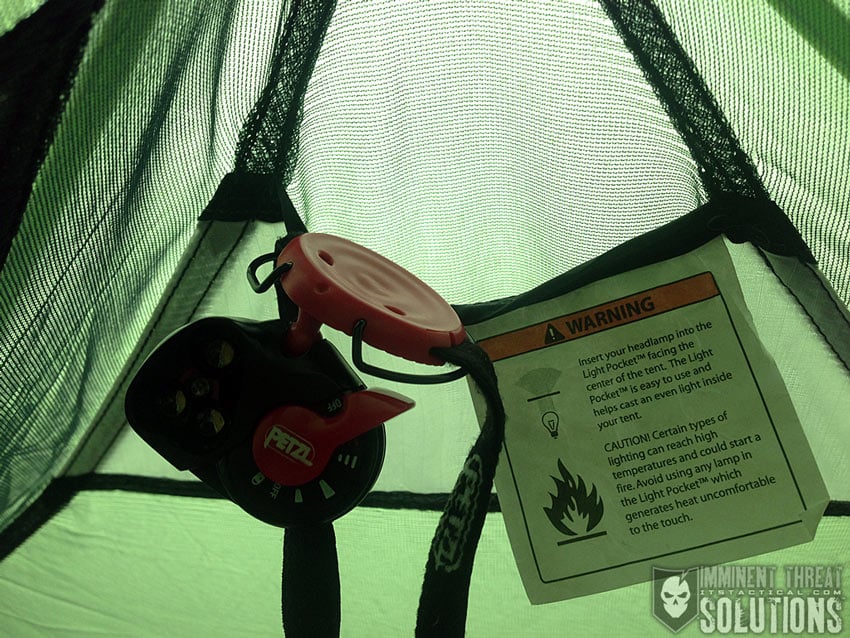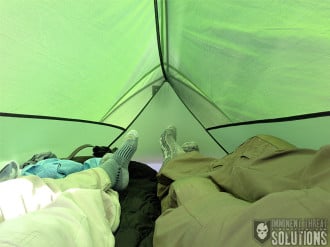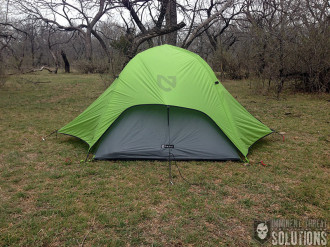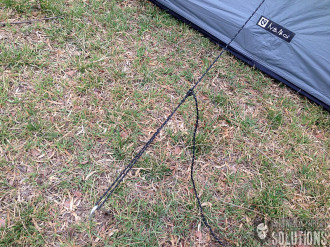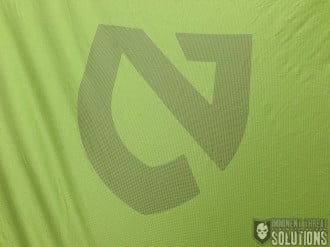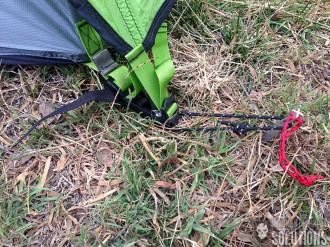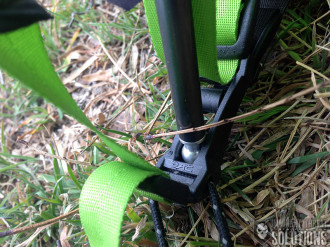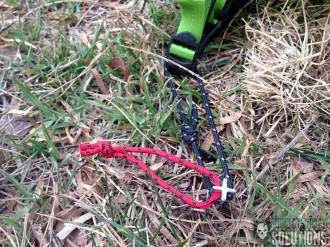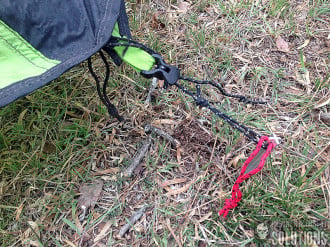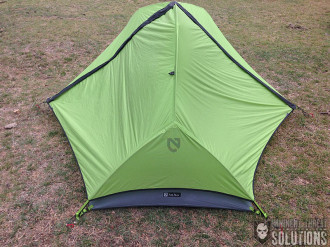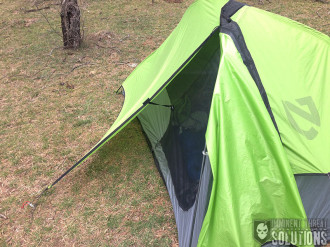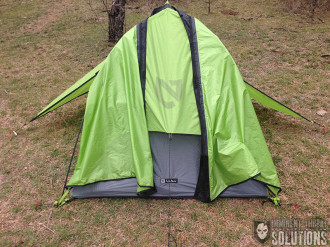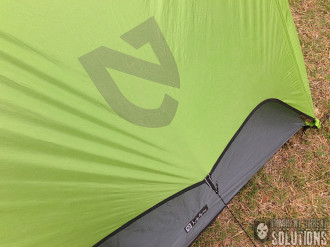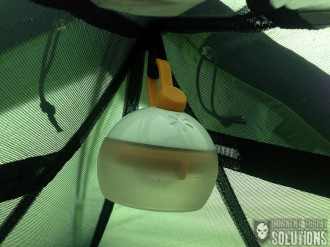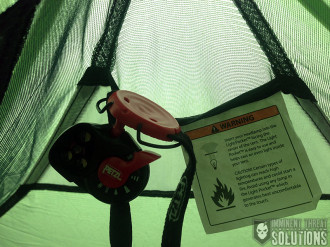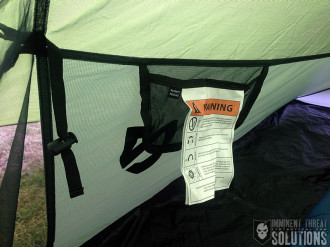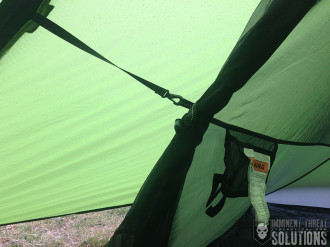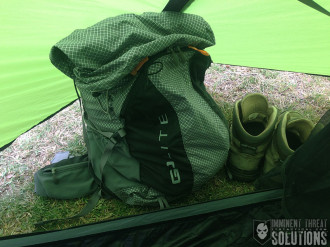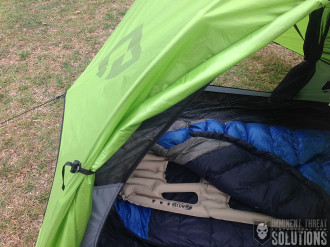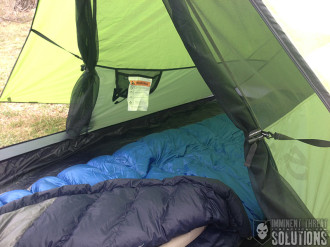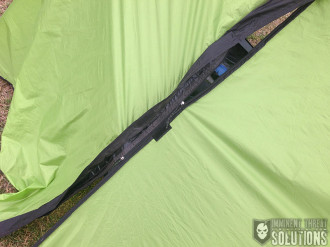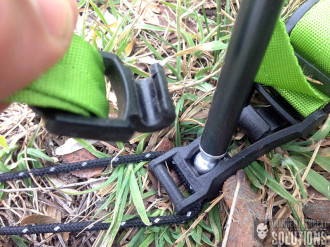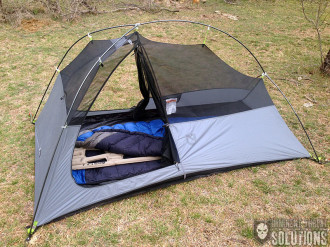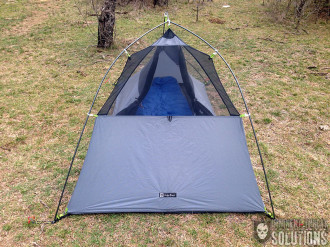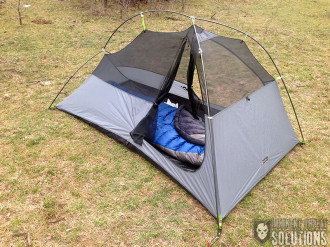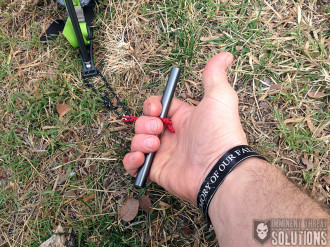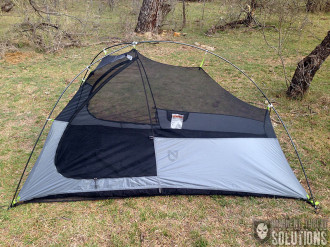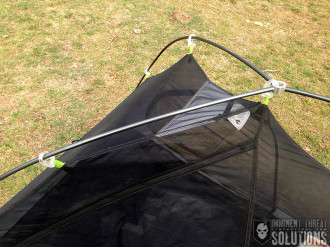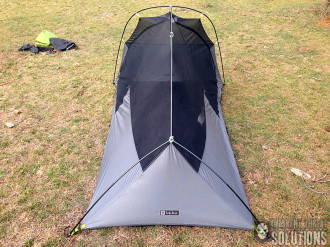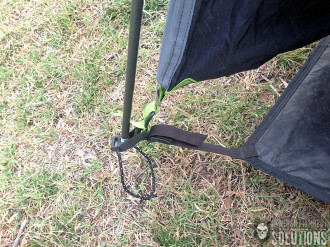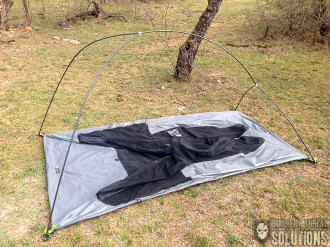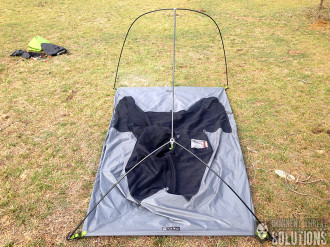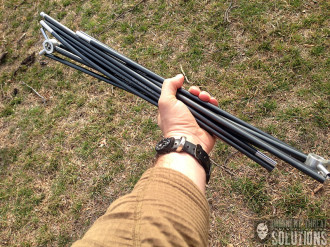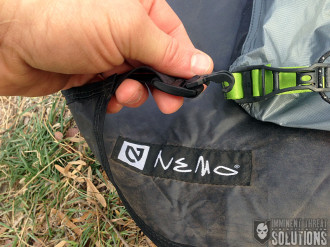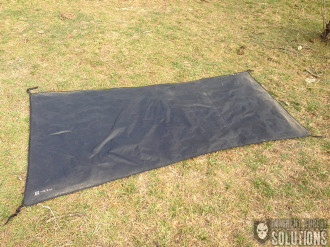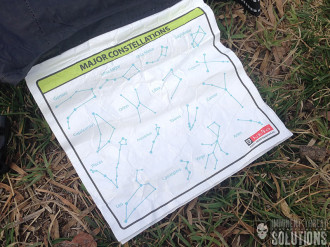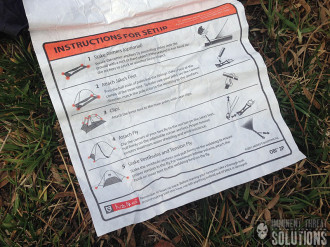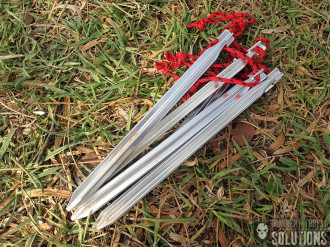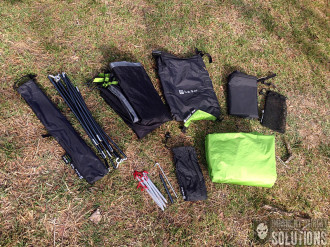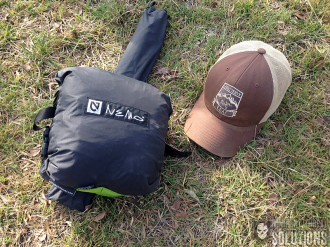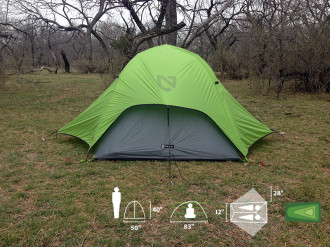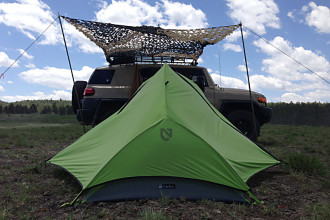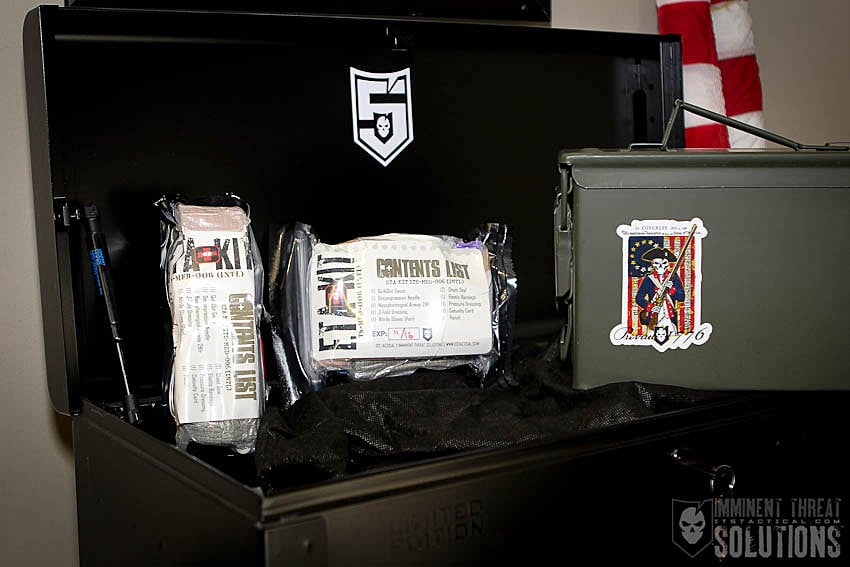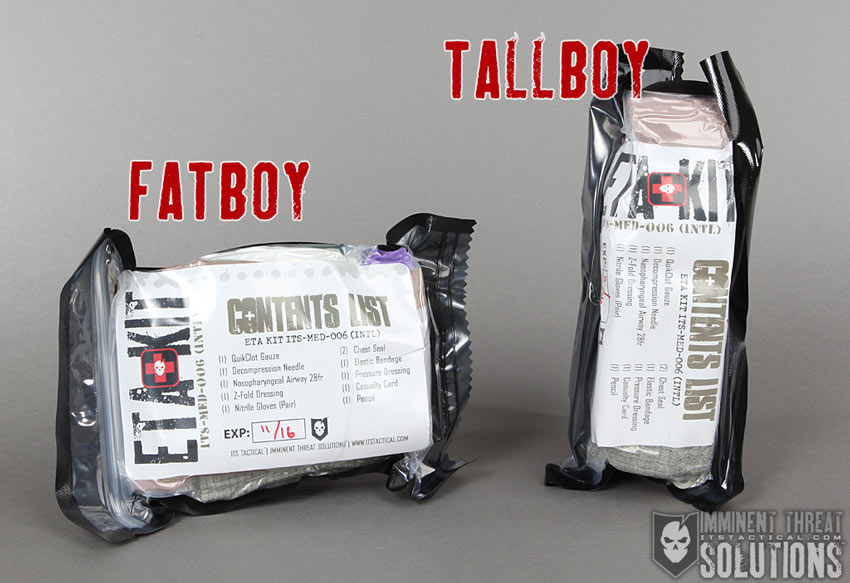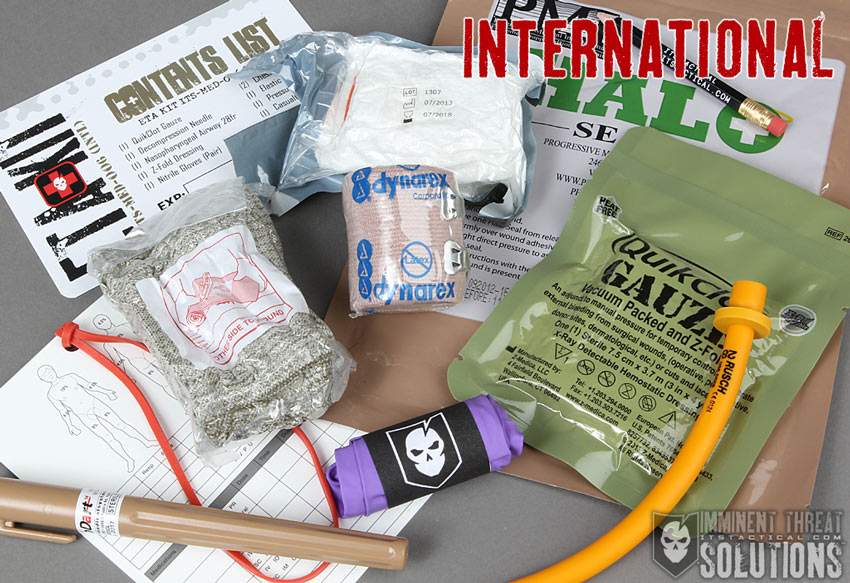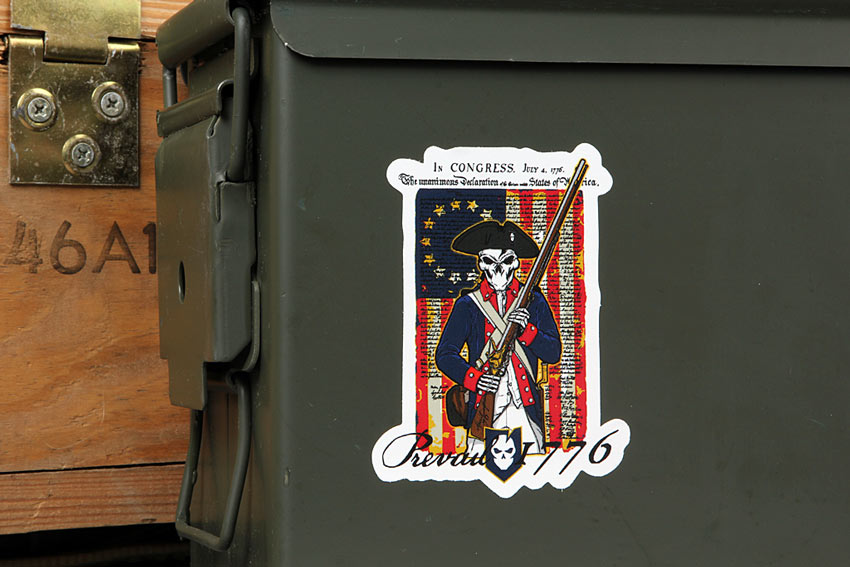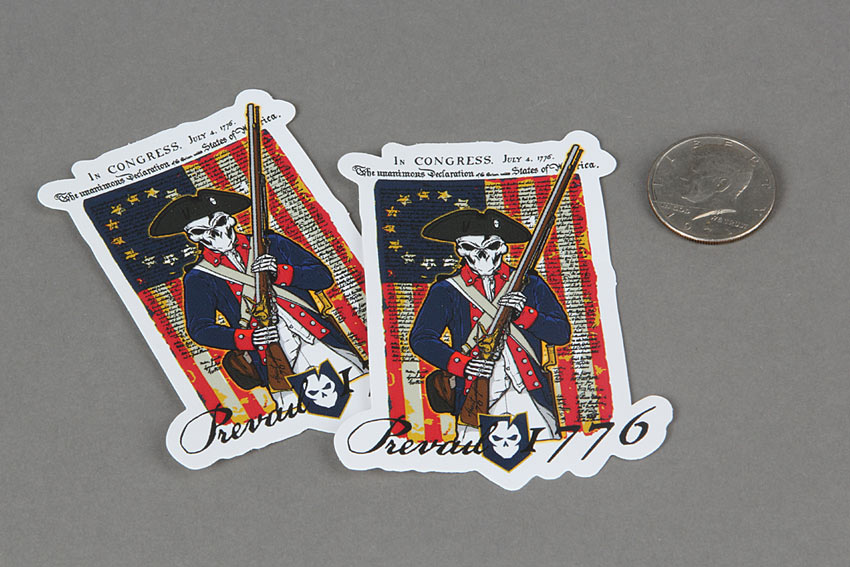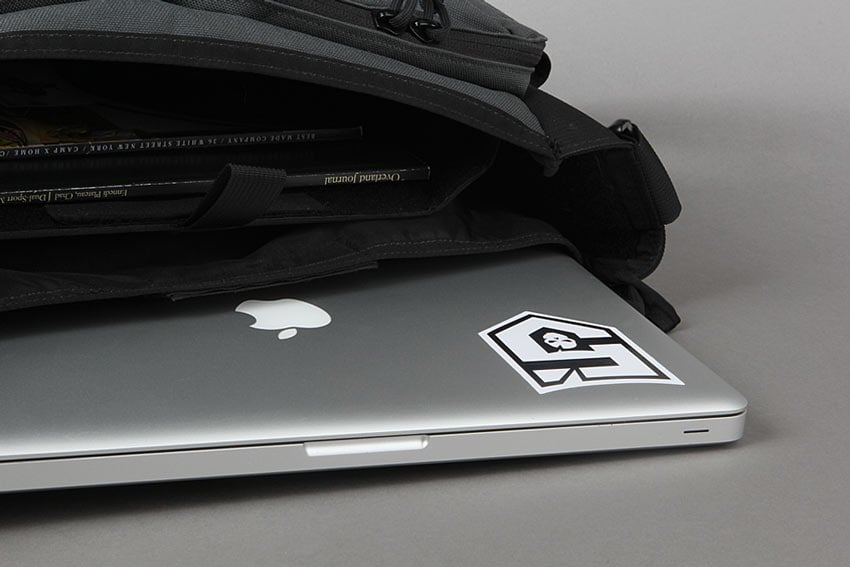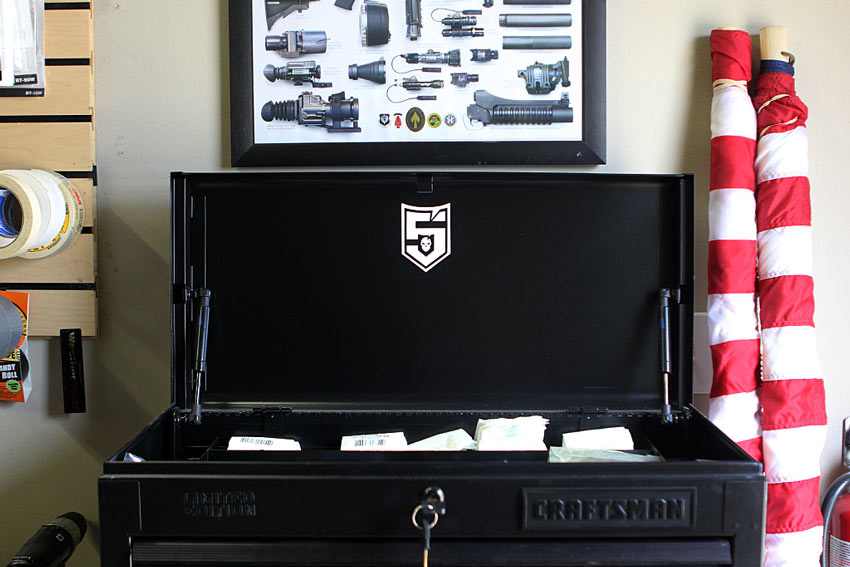
It’s not often I write about what companies bring to the industry as a whole, but as my own company grows, I feel it’s more important than ever to help get the word out about those who not only represent a ripple in the fabric that is the tactical industry, but also embody the spirt, vision and integrity that I strive for here at ITS.
I’ve been patiently waiting to discuss what Patrick Ma, along with his co-founder, Chris Whitney, have been developing over at Prometheus Design Werx. Today, I’ll be sharing what I’ve learned from Patrick and Chris during an exclusive interview I had the opportunity to conduct with them recently.
Before I get into the all the exciting news from PDW, I’d like to provide a bit of context for those of you who might not know who Patrick is and what the implications of this new venture will bring to the market. Rather than dilute the article with that information, click here to read my write-up from last year.
Prometheus Design Werx
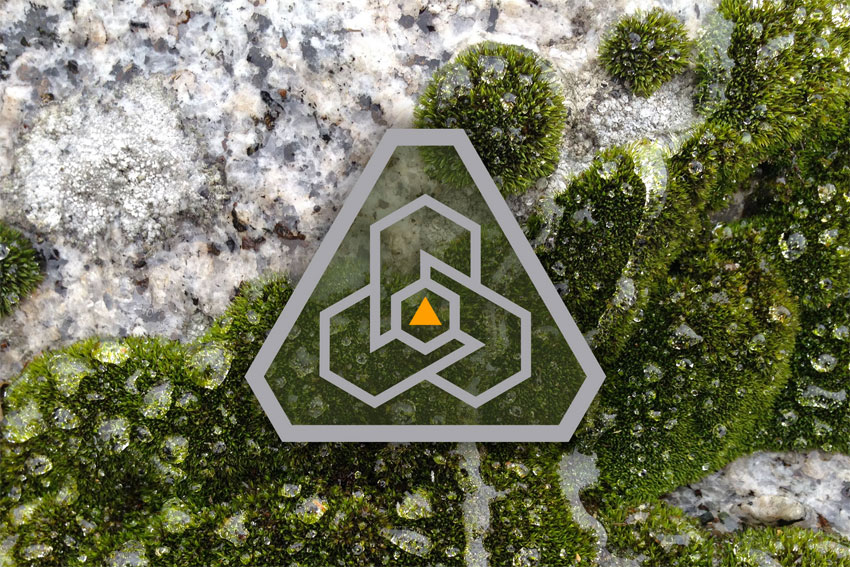
For Patrick and Chris, the connection to the Greek mythical figure of Prometheus, has been a long standing one. Prometheus, the original rebel, fought against the status quo by snatching fire for all of mankind to build a life for themselves outside the shadow of the gods.
Rebels can be persecuted at times for wanting to shake things up to benefit others and I thought this was a fitting analogy that I’ve been all too familiar with at times.
Chris Whitney, the co-founder and director of Research & Development for PDW, has owned and operated a welding and machine shop since 1995. His primary focus was modern high-end architectural work, but he also did prototype work in the furniture field and even product development in alternative energy and self-contained vertical food growing systems.
Patrick and Chris wound up meeting when Patrick needed a custom part for his motorcycle and was introduced through a friend to Chris and his machine shop. The connection was immediate, when Chris realized he’d been buying knives at Patrick’s store for quite awhile.
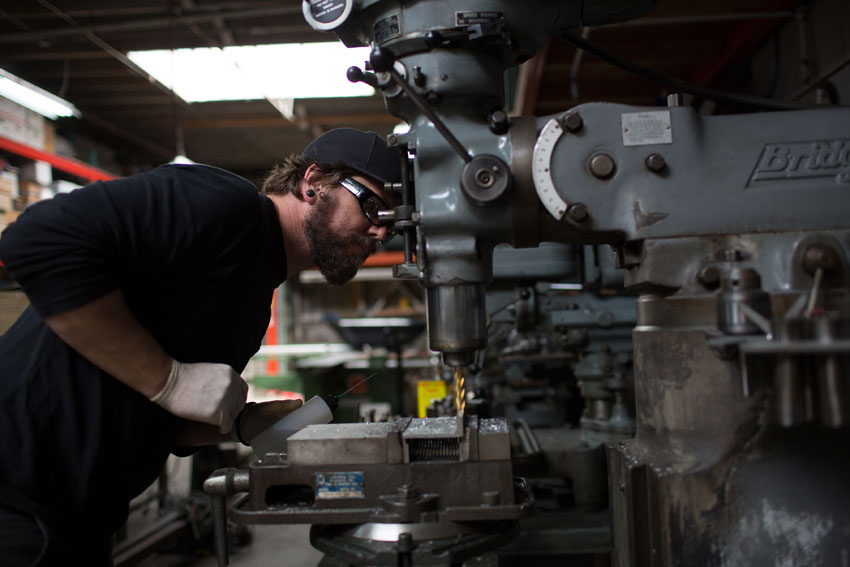
Chris also has an extensive martial arts background that started young in his life, but he considered himself a “martial tourist” until discovering the Filipino art of Escrima in 2002. Since then he’s become a Guro in Giron Arnis Escrima and has taught throughout the US and in Europe, being trained himself under Grand Master Tony Somera.
Patrick and Chris are self-described craftsmen, who grew up learning to work with metal, wood and fire. They’ve always had an innate resonance with Prometheus from Greek Mythology and why they were drawn to this as the basis for naming their company.
While only officially being in existence as an operating company since January 2nd 2014, they’re charging uphill and are full of excitement and passion to bring great products to market. Today also marks the official launch of Prometheus Design Werx and their website, www.prometheusdesignwerx.com
Products for the People
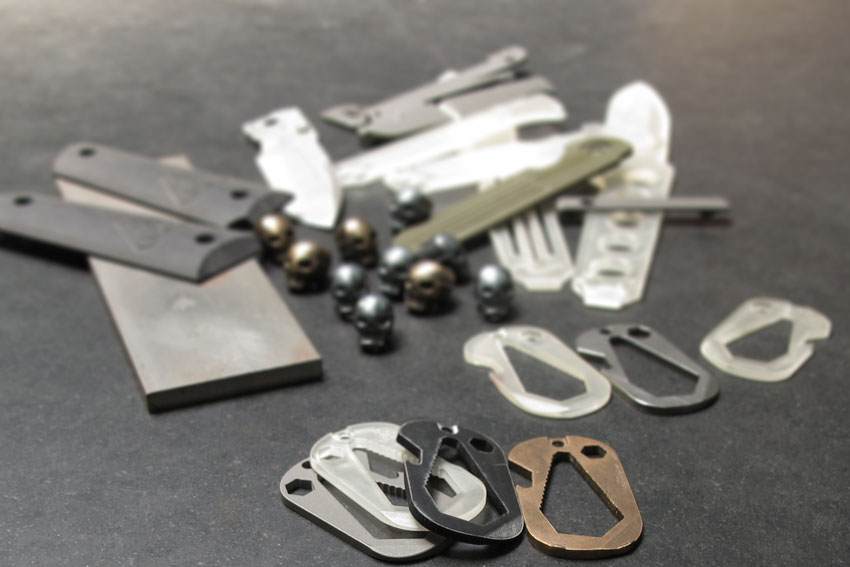
Starting out, PDW will be producing what Patrick and Chris describe as their first passion, hard goods. This includes different types of knives, pocket tools, OPTs (One Piece Tools) and is how Patrick started 17 years ago in the industry. PDW’s focus on edged tools and hard goods is a rebirth of sorts, while staying closely focused on their roots.
Despite Chris being involved in Escrima for the past 12 years, they’re not focusing on a particular martial discipline for the tools they’re crafting. They expressed the desire for the user to have the ability to apply and dictate how the edged tools they’re creating will be used. There’s no singular focus or message other than to say they’ll be versatile, capable and useful.
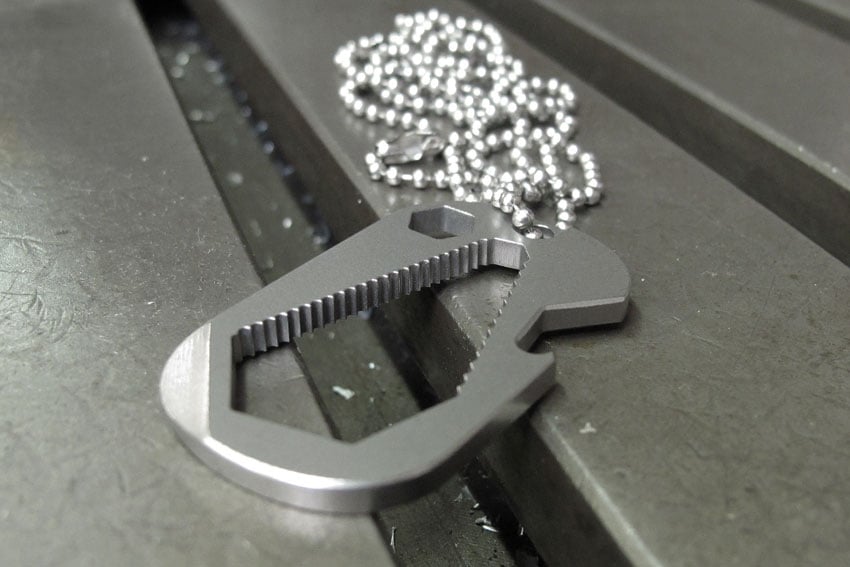
Their first OPT (One Piece Tool), the Standard Issue Dog Tag Tool, is a versatile pocket tool following in the profile of the venerable Military Dog Tag. Featuring a familiar footprint, the challenge they overcame was how to build the desired functionality into the small piece of real estate while keeping it as useful as possible.

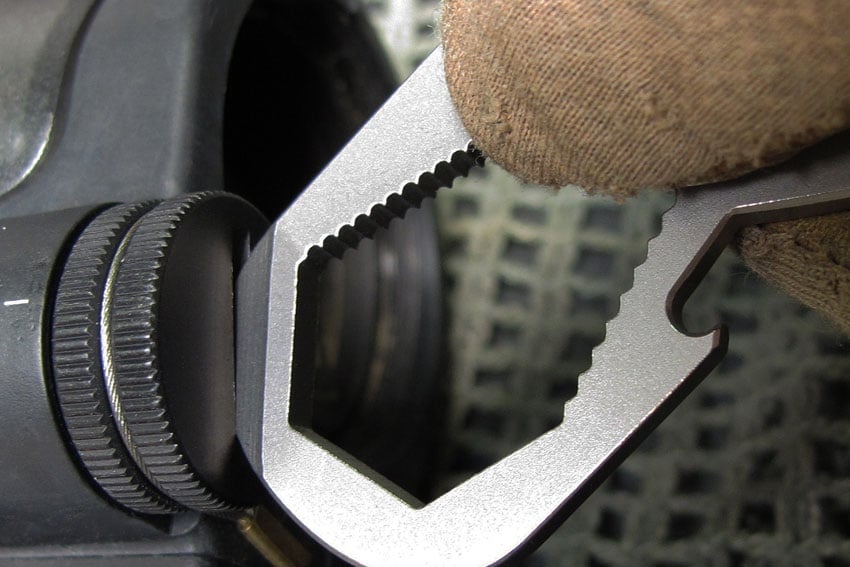
What PDW managed to create is a universal closed-end wrench that fits both standard and metric hardware, thanks to precise jimping located inside body of the Dog Tag Tool. Many tools on the market break these wrench sizes into two separate tools.
Additionally, the PDW tool features one of the lowest profile bottle cap lifters around. But wait there’s more! A 1/4″ bit driver was machined into the tool and accepts a multitude of bits. There’s also a double ground corner for light prying, opening the battery bay on an optic, removing the batteries from an Apple Bluetooth Keyboard or even opening the bottom of a classic 35mm camera.
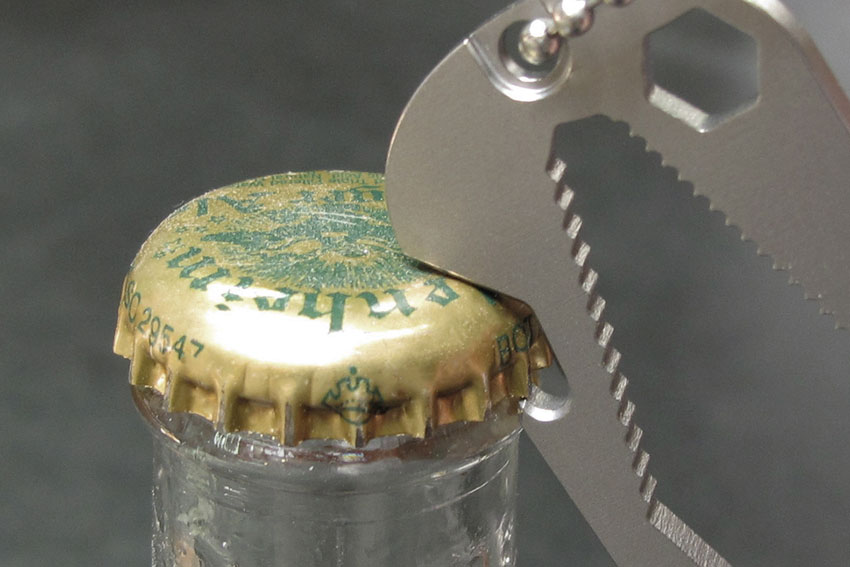
The Dog Tag Tool was constructed to be lightweight, weighing just 0.4 ounces and CNC machined out of Grade 5 Titanium (6AL-V4). Featuring a three-stage scratch-resistant finish, it comes with a Stainless Steel Mil-Spec Ball Chain to be worn standalone or added behind issued dog tags. It’s also designed and made in the San Francisco Bay Area.
More Hard Goods to Come
The Dog Tag Tool follows the same design ethos that PDW has set forth to follow in all the products they’re creating; striving to not only make their products simple enough to be intuitive to the end user, but also creating intelligent innovations that drive the industry forward.

When I asked Patrick and Chris about what other hard goods they had up their sleeves, they responded with a universal “it’s all about the knives.” They’re not only working on what sounds like a beautiful 4″ fixed blade with a skeleton handle and a few other intriguing features, but are devoting many resources into a folding knife as well.
The folder is in the prototype phase now, but Chris mentioned that “those that have been drawn to Patrick’s previous knife designs are going to love what PDW is coming up with now.” Patrick added that the folder represents their most exciting and biggest challenges yet as a company, but it’s what drives them; making cool and innovative stuff they want for themselves.
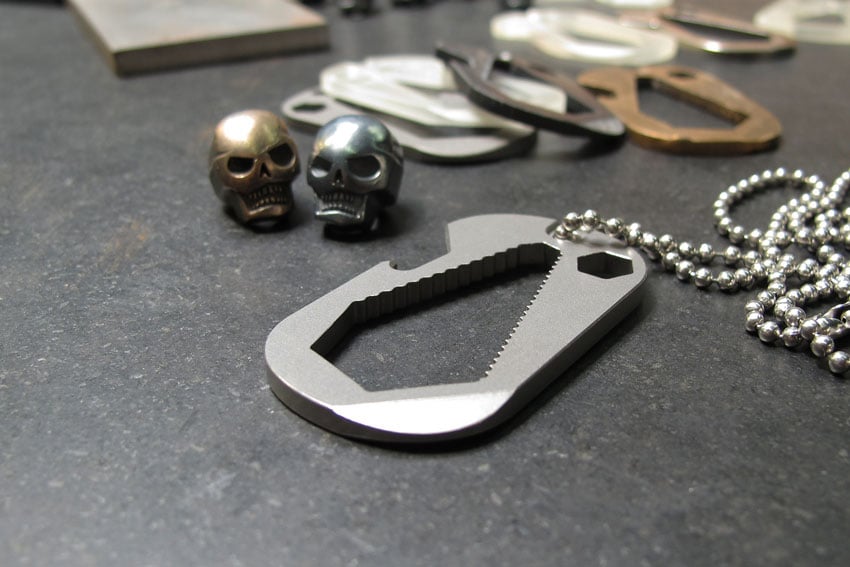
There’s many other innovative products on the way too. While you’ll see the Memento Mori Skull Beads they’ve released on the website, there’s also Titanium Skull Beads in the works that double as a 1/4″ bit driver. To add even more functionality, they’ll even seat into a 1/2″ wrench for additional leverage.
Something the guys at PDW stressed is that they’re developing products with interconnectedness in mind. They’re part of a family that will complement each other in terms of use, whether used alone or with each other.
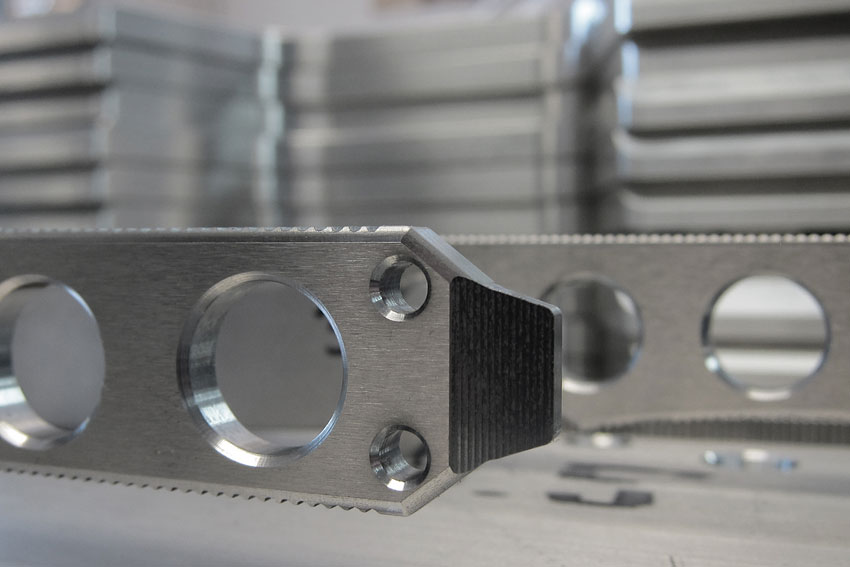
Inspiration
I wanted to get at what inspires Patrick and Chris on a daily basis and what follows is what they see as molding their design instincts over time.
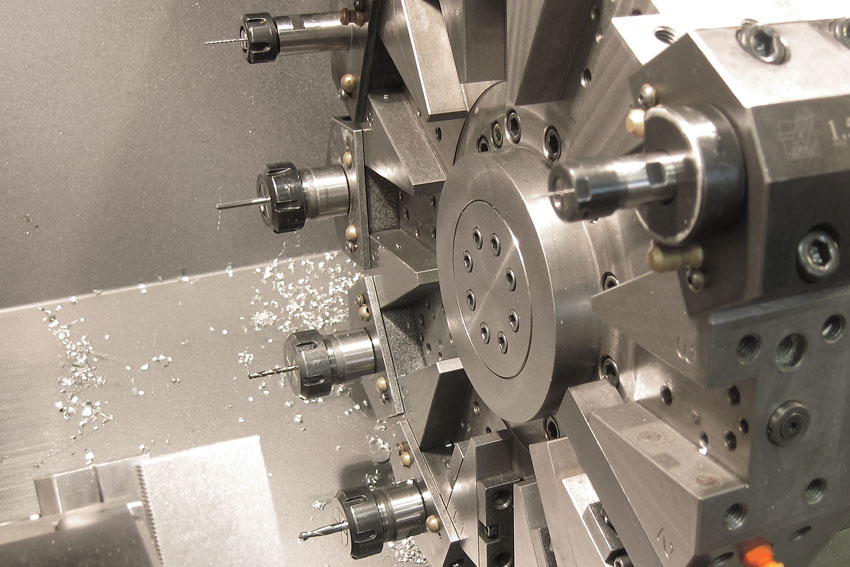
Patrick’s inspirations included military hardware, aerospace, scuba diving documentaries, South African safari’s, safari equipment and vehicles, tranquilizer guns, tools to clean a rifle, the best kind of axe to fell a tree and even sharpening a chainsaw. A self confessed Sci-Fi nerd, Patrick mentioned that ideas and concepts from movies like Space Odyssey 2001 and Star Wars are inspirational because of what the future could be and what products might be found there.
Chris’ inspiration focused more on the potential and beauty from staring at base material. Meaning the potential for an object like a piece of metal or wood to become another object. Admittedly, he also mentioned vehicles, motorcycles (Ducati’s in particular) and 4×4 adventure rigs. There was also the coining of a new phrase Chris threw out there “Japandanavian used future aesthetic.” I’m still digesting that one!
Chris and Patrick both share an affinity of Japanese pop culture and agreed that inspiration can be as simple as seeing a new camo pattern emerge from staring at a leaf.
Influence
Another question I fielded at the guys was if there was one person, tool, or book that’s influenced them. I got two; Leonardo Da Vinci and Dieter Rams.

Patrick mentioned that Leonardo Da Vinci’s body of work through his lifetime is one of the most impressive that man has ever seen and that they believe heavily in Da Vinici’s declaration regarding simplicity and sophistication. “Every part, component, and detail that goes into a design serves a purpose. Its whole is greater than the sum of its parts.”
Dieter Rams is best known for his 10 Principles of Design, which PDW follows closely and feels still stand up today. “Even with all the history lessons and the aggregate tenets of good design, we give ourselves the room and latitude to check around unseen corners, read the subtext and weave in design sensibilities that are uniquely our own. The future of design is an open book…”
Advice for Designers
My last question to Patrick and Chris was some parting advice for designers and I feel there’s a lot of take home in the following answers they provided.
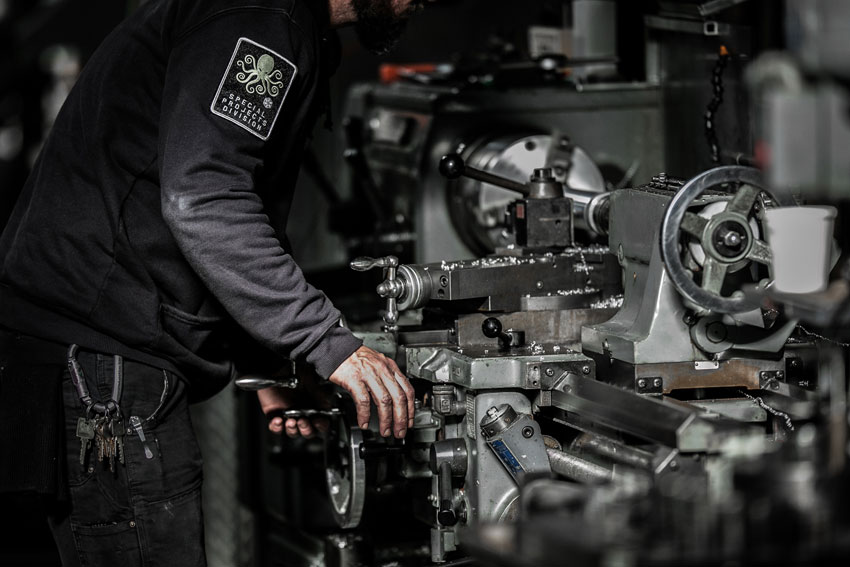
Chris said that in regards to new technologies like 3D Printing, “steer clear of the gear stuff, it can dictate what you’re designing. Your job is to be creative and create and it’s the tool’s job to facilitate that creation.”
He also mentioned that it’s easy to tell the difference between someone who designs with a pencil first and someone who designs with a machine first, “their process is very different, learn how to make your brain do it first.”
In regards to the process, Patrick commented that “you can’t let the trend of tools constrain you in your creativity, if you do that, you’ve already failed as a designer.”
Patrick went on to say that “designers are a dime a dozen. What makes design relevant is having the wherewithal to turn those designs into actual marketable consumer product. That’s the real challenge, no design is worth its salt unless you can make it into a tangible product.”
“Additionally, if you can’t get your hands dirty and manipulate some materials, being a grounded designer is going to be a challenge. You need to understand the limitations of materials.”
I’d also like to mention that combined, Patrick and Chris have spent over 40 years working with their hands and they credit that to making them better designers. One last parting thought from Chris was that “Less is more; while not a secret, it’s frequently ignored and overlooked.”
In Closing
I’m excited about the opportunities in front of Prometheus Design Werx and wish them the best. On a personal note, Patrick’s passion, ingenuity and focus on design has been an inspiration for me as I’ve grown ITS the past five years; I couldn’t be happier for him as a friend and as a peer.
